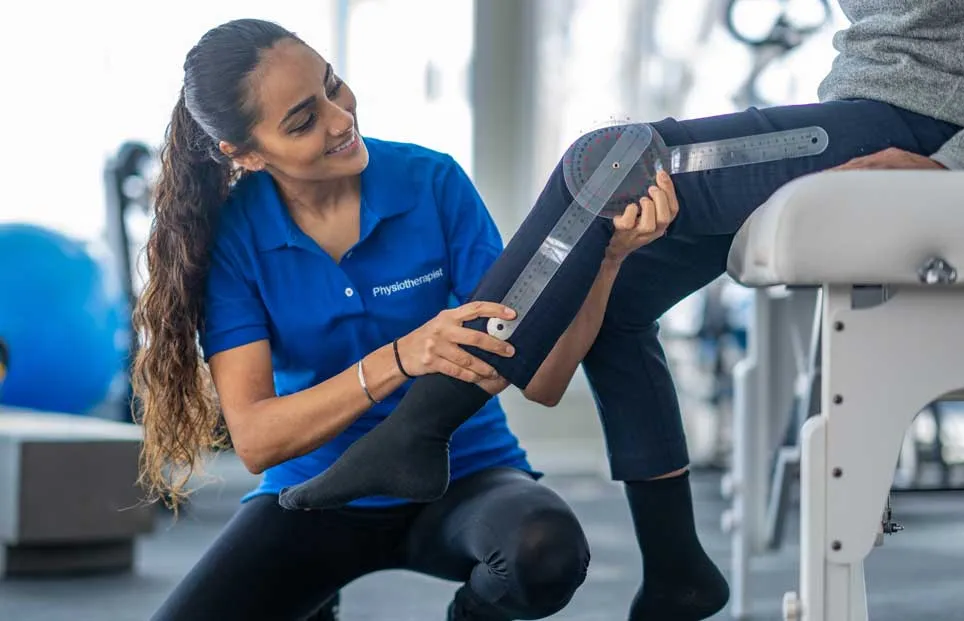Efficient Approaches to Minimize the Risk of Sudden Traumas in Sports Via Targeted Preventive Tactics
Efficient Approaches to Minimize the Risk of Sudden Traumas in Sports Via Targeted Preventive Tactics
Blog Article

Sudden traumas in athletics can occur suddenly and often lead to serious issues for athletes. These traumas can vary from twists and tears to breaks and head injuries. To assist prevent these injuries, it is essential to implement focused protective strategies. These strategies concentrate on awareness, appropriate training, equipment use, and overall health maintenance. By tackling these important areas, athletes can significantly reduce their risk of suffering from acute traumas while engaging in their beloved activities.
One successful method to minimizing the likelihood of injuries is through education. Athletes, coaches, and guardians should be educated about the typical types of injuries associated with particular sports. Understanding the dynamics of these injuries allows everyone to recognize the indicators and signals early. Informative workshops or seminars can help teach athletes about correct techniques and the importance of warming up before matches or training sessions. This knowledge empowers athletes to take charge for their well-being and encourages them to communicate any worries about possible injuries.
Another crucial preventive strategy is proper preparation. Athletes should participate in a comprehensive conditioning program that focuses on developing strength, flexibility, and endurance. Strength conditioning helps build the muscles that stabilize joints, reducing the likelihood of injuries. Flexibility routines, such as elongating, can improve the range of motion and reduce the chance of muscle tears. Additionally, athletes should include sport-specific drills that simulate game situations, which can help them become more familiar with the actions involved in their chosen sport. Coaches play a crucial role in designing and implementing these conditioning programs to ensure they are secure and efficient.
The use of suitable gear is also vital in preventing acute traumas in sports. Players should consistently wear the appropriate equipment for their specific activity, including helmets, pads, and suitable footwear. For instance, football players need helmets to shield against head injuries, while soccer players require shin guards to shield their legs from collision. It is essential that gear is fitted properly and is maintained regularly to ensure it provides the necessary protection. Coaches and guardians should great post to read encourage athletes to take the time to select and use the appropriate gear to minimize their chances of injury.
In addition to education, training, and gear, upholding overall health is crucial for trauma prevention. Players should prioritize adequate nutrition, hydration, and rest to keep their bodies in top condition. A balanced diet rich in vitamins and minerals helps facilitate muscle recovery and overall athletic performance. Staying hydrated is also important, as dehydration can lead to exhaustion and heighten the likelihood of traumas. Lastly, getting enough rest is crucial for recovery and maintaining focus during training sessions and games. By encouraging good health habits, athletes can enhance their performance and reduce their chances of suffering from acute traumas.
In summary, reducing the likelihood of acute traumas in sports requires a comprehensive method that includes education, proper training, suitable equipment, and overall health maintenance. By focusing on these targeted protective strategies, players can better protect themselves from the dangers of traumas. Trainers, guardians, and players all have vital roles to fulfill in creating a secure sports environment. By cooperating together and emphasizing safety, the enjoyment of sports can continue without the disruption of painful injuries.